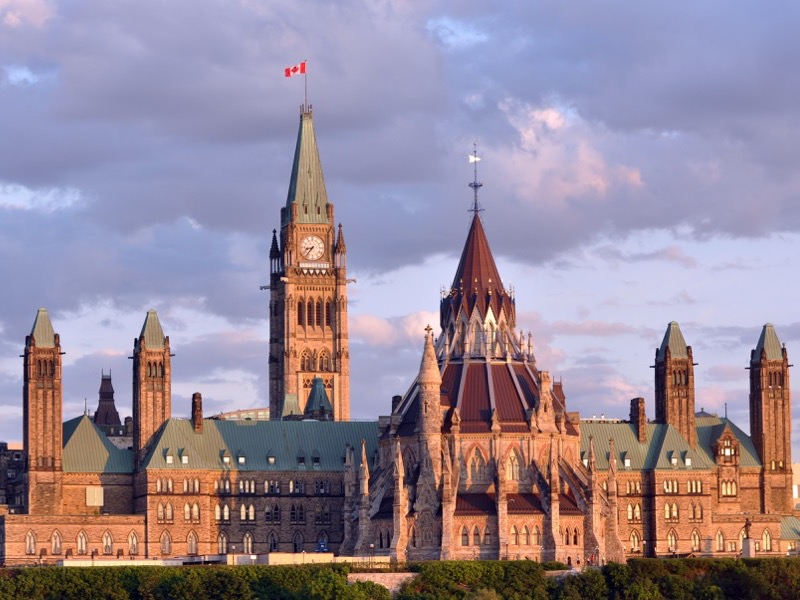
If Canada’s natural governing party is good at anything, it is the political marketing of a budget.
When Canada’s balance sheet was reduced to near-third-world status in the early 1990s, then-finance minister Paul Martin declared the federal deficit’s days were numbered “come Hell or high water” and produced the 1995 budget — the most draconian and austere budget of all time. The Liberals actually went up in the polls.
That was because the Chrétien government knew how to read the public zeitgeist. That government focused on deficits and debt as public enemies that were eating almost 40 cents of every tax dollar and causing double-digit interest rates.
Never mind that Martin had borrowed heavily from the policies of the old Reform Party to produce Canada’s most fiscally conservative budget of all time. It was a political success, and that’s what mattered most then. It’s also what matters most now, in 2021, with the first federal budget in two years.
The Liberals have targeted a wide range of issues from child care, a $15 federal minimum wage, $3 billion for seniors’ long-term care, $17 billion for green investments and extended Covid-19 aid. With $101.4 billion in new spending, this is a something-for-almost-everybody budget that’s almost 800 pages long.
This time, the Liberals are trying to consolidate support among progressive voters, which means poaching policy from the New Democrats.
The deficit for the fiscal year just ended is projected to be $354.2 billion but slated to fall to $154.7 billion in the current fiscal year. That means the Liberals are counting on a very robust recovery this year and onward.
Let’s hope they are right. Economist Don Drummond thinks the Liberals are rolling the dice. “The budget doesn’t provide an insurance policy for the very substantial risk to which it exposes Canada for a long time,” Drummond wrote in a commentary on iPolitics.
The lead item in this year’s budget (drum roll, please) is child care. Some $30 billion is earmarked over five years for a national daycare system with the aim of cutting parents’ daycare fees in half — something that could win an election on its own.
As the NDP will remind us, national child care was first promised by the Liberals in 1993 — so the Liberals have to start delivering by 2022, as promised.
What the NDP doesn’t like to remember is that Canada did have the beginnings of national child care in 2005 under the Paul Martin government. But the NDP voted with the Conservatives to declare non-confidence in the Liberals, who lost the 2006 election — and that was that for national child care.
Money in big social programs under the Liberals has a habit of sucking up funds for salaries instead of improved service. That was the problem with Martin’s 2004 health accord.
Another risk is that the child care drifts into provincial territory. We know how much the provinces enjoy being big-footed by the feds.
As for stimulus, the fact that the economy is already in robust recovery from the pandemic could be a risk. The budget’s $101.4 billion in new spending may turn out to be too much. Or if the recovery slows down, it could be too little. A risk either way.
To seal up middle-class support, the budget follows the time-honoured tradition of sticking it to the rich with new taxes on expensive cars, yachts and planes.
In future years, if enhanced economic activity does not sufficiently pay down the deficit, Ottawa may have to impose new taxes on the middle class, like a capital gains tax on the sale of principal residences or a higher GST. That would not go over well.
But all these risks are something to worry about after the 2021 election.
The Liberals’ strength is the ability to turn tough issues to their advantage. Their chief weakness is hubris, which is why the voters decide to throw the bums out every nine years or so.
For fans of pharmacare, universal basic income or fiscal anchors — better luck next time.